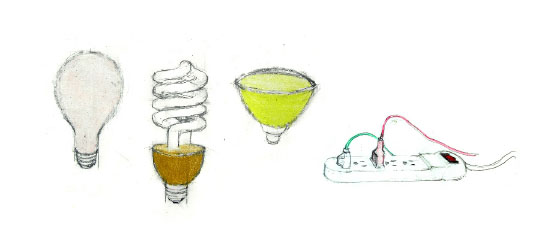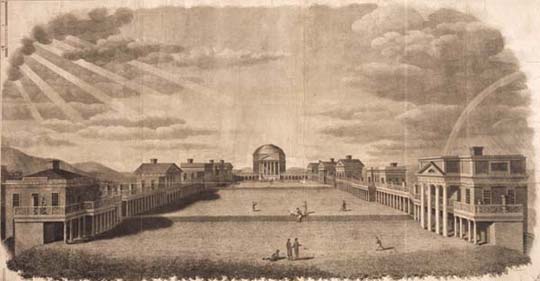How change really happens

We are pleased to make readers aware of a new book, just released, called, “Change Of Heart: What Psychology Can Teach Us About Spreading Social Change.” This book, by author Nick Cooney, looks at 80 years of scientific research conducted on human psychology and related fields, and distills that research down into practical tips that environmental organizations and other non-profits can use to more effectively persuade the public and create social change.
Cooney is the founder and director of The Humane League, an animal advocacy organization based in Philadelphia, PA that focuses on farm animal protection issues.
“Change Of Heart” provides science-based answers to many questions that are hotly debated among environmentalists. For example, is it better to encourage the public to adopt small, simple changes (like using CFL light bulbs) or to ask for more major life-altering changes (like getting rid of one’s car)? What messages and techniques have been proven to succeed in reducing home energy use and increase recycling? And what role does “green consumerism” play in helping – or harming – the environmental movement?
We already have the information, the expertise, and the technology to make the shift to a clean-energy, environmentally-restorative economy. There are plenty of smart people working on this front. Behavior change, and even making the case for this as a preferable course of action, have a bit of catching up to do. That’s why we are so excited about books like this one and the Heath brothers’ “Switch.” Here is an excerpt:
Narrow Their Options
When a farmer is trying to herd animals from a larger area into a smaller one, they’ll often create a chute that starts wide and gets narrower and narrower. Similarly, when we are trying to get someone to take an action it is helpful to narrow their options. Offering people too many choices will make them more likely to choose nothing at all. A study of eight hundred thousand workers found that the number of retirement funds offered by an employer was inversely related to the number of workers that signed up for any retirement fund (Iyengar, Huberman and Jiang). The more retirement fund options they were given, the less likely workers were to choose any fund—which probably had negative consequences for workers and their families.
In another study, student participants were presented with two hypothetical choices for what they could do that evening: study in the library or attend a lecture by an author they admired who was in town for one night only. Only twenty-one percent chose to study, with seventy-nine percent choosing to the more enjoyable activity. In the second round of this study, participants were given three options: the library option, the author option and also the option to watch a foreign film they had wanted to see. In this second study, forty percent of participants decided to study, with sixty percent choosing one of the more enjoyable activities. Giving students two good alternatives to studying made them less likely to choose either alternative (Redelmeier and Shafir 1995).
In trying to get people to do something positive, we’re often tempted to give them an array of choices based on the idea that the more choices they have, the more likely they’ll find one of them acceptable. Environmental campaigners might provide a list of twenty-five different things a person can do to help protect the planet. Gay rights groups might create a similar list of actions people can take to promote equality. Health organizations might create a long list of foods rich in vitamins and minerals that should be part of a healthy diet. The research suggests that these groups would be more successful if they focused instead on promoting a few key actions.
Activists should also be aware that there is a big difference between education meant to stimulate thought and education meant to stimulate action. There are many shades of grey to every issue, and the more we think about an issue the more complexities we will see. If we are a college professor and our goal is to hone our students’ critical thinking abilities, then ongoing discussion that examines every aspect of an issue is a good thing. But if we as activists are trying to educate people in order to motivate them to do something, then our communications need to simplify the issue and call for clear, specific action. We need to eliminate distractions and narrow options.
We will feature more excerpts soon. In the meantime, you can read more on the book’s website.





 View the dynamic, moving GOforChange: Greening Baltimore video
View the dynamic, moving GOforChange: Greening Baltimore video





